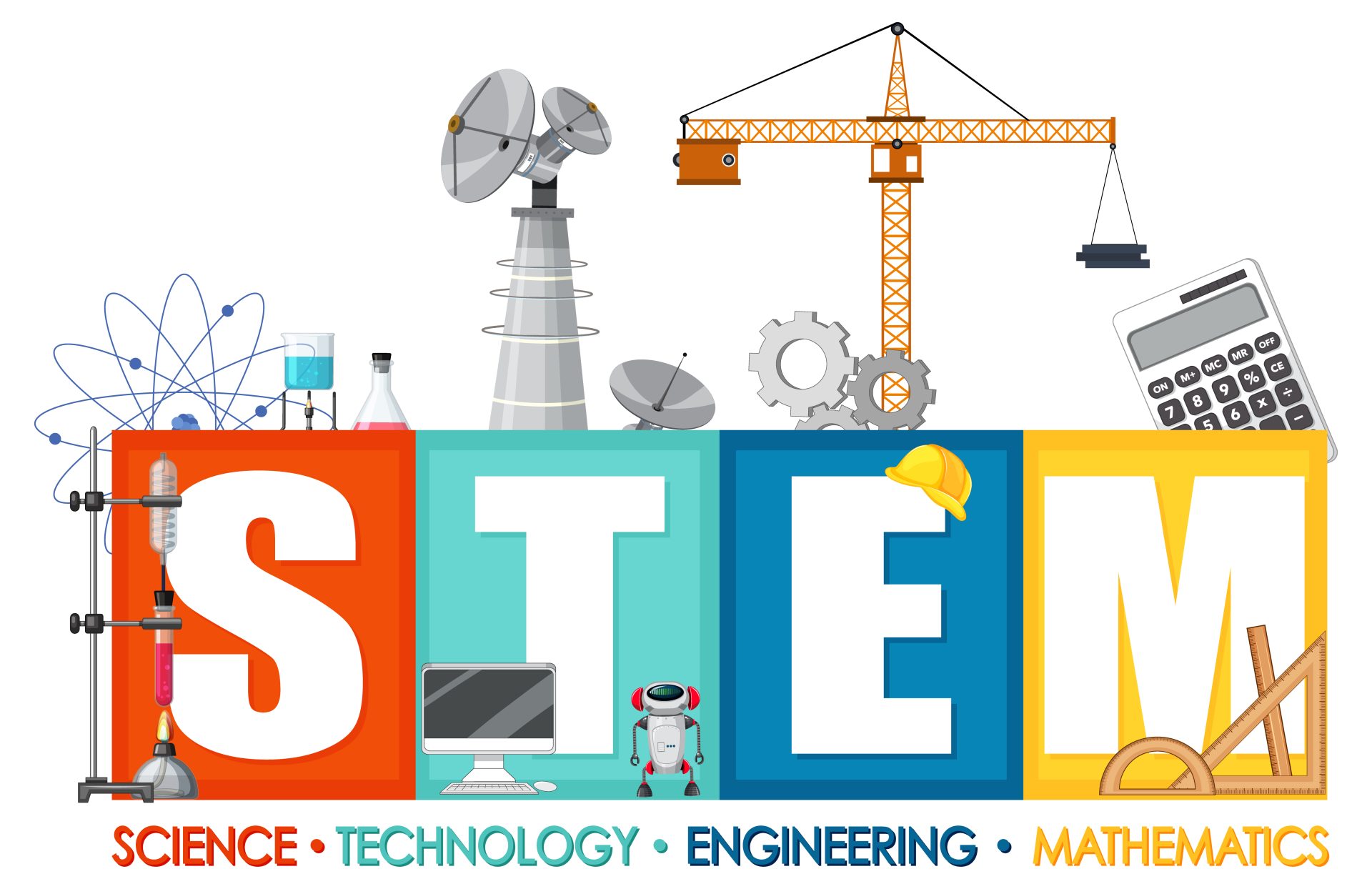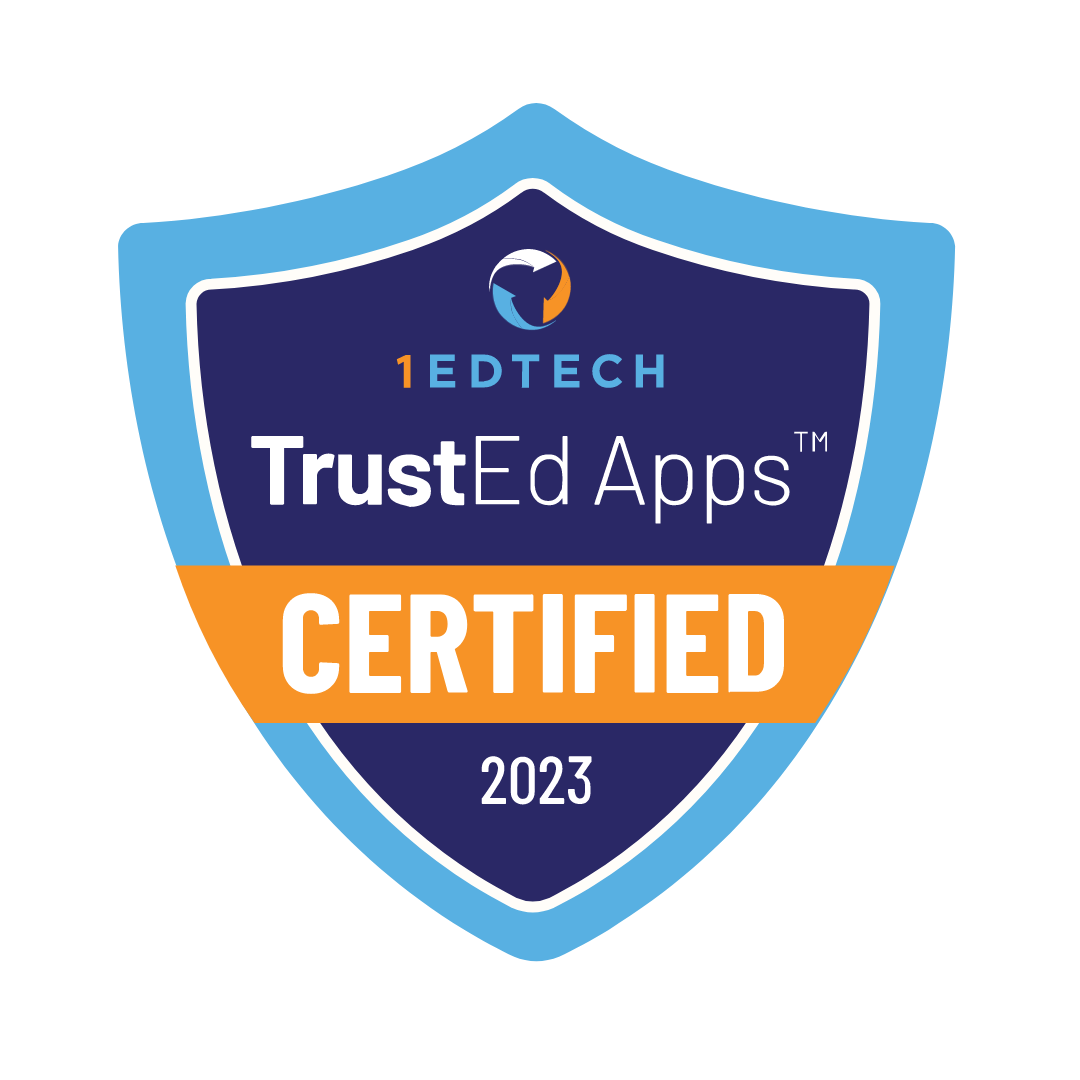Contents
Online education brings innovative tools, platforms, and resources for online Science, Technology, Engineering, and Mathematics (STEM) teachers. These advancements help educators create learning environments, adjust instruction to individual needs, and prepare students for future STEM careers.

STEM resources are tools and platforms used to improve learning in science, technology, engineering, and mathematics. These resources include virtual labs, simulation tools, and interactive learning platforms. Online resources make the process in the classroom more dynamic and engaging. We’ll take a closer look at seven top resources for online STEM educators in 2024.
Resources for Online STEM Educators in 2024
Legacy Online School
Legacy Online School is an educational platform providing a variety of resources for students. These resources include educational articles, helpful tips, and various learning formats. The different formats help students to get knowledge in core subjects for elementary, middle, and high school.
Legacy Online School emphasizes inclusivity in education for all and is suitable for students with special needs.
Edpuzzle
Edpuzzle helps teachers turn video into an interactive lesson. Educators add questions, audio notes, and other elements to videos, making learning more engaging. Teachers use content from YouTube, Vimeo, or their own uploads. This tool allows teachers to create customized lessons with quizzes and track student’s learning progress. It’s ideal for asynchronous learning in STEM subjects, where visual aids improve understanding.
Edpuzzle is free for basic use. Pro version is $12.50 per month, offering unlimited video storage and advanced analytics.
PhET Interactive Simulations
|
Key Stats You Shouldn’t Miss
The study “Math And Science Teacher demographics and statistics in the US” found there are over 390,360 math and science teachers currently employed in the United States. 58.7% of all math and science teachers are women, while 41.3% are men
|
PhET offers free interactive mathematics and science simulations. The simulations are developed to assist teachers in explaining complex concepts for students. Teachers create virtual labs where students safely experiment with real-world situations. PhET supports inquiry-based active learning. This makes PhET helpful for schools without extensive lab equipment and for distance learning formats.
Desmos
Desmos is an online graphing calculator simplifying the teaching of complex math concepts. This tool gives teachers the ability to create interactive graphs. Desmos helps students explore math problems in real time. Teachers use this tool and encourage collaboration and a deeper understanding of math concepts.

Scratch
Scratch is a free coding platform provided by the Massachusetts Institute of Technology (MIT). This tool helps teachers introduce the concept of programming to students in the age of 8-16 years. Teachers use it for individual and team projects with different teaching methodologies.
Zooniverse
Zooniverse is a free people-powered research platform. This platform allows educators to involve their students in real scientific projects ranging across astronomy, biology, climate science, and others. Teachers use Zooniverse to introduce students to hands-on scientific research through real projects. Teachers include these projects in their curriculum, giving students the chance to contribute to scientific discoveries. This hands-on approach boosts student’s engagement and makes learning more interactive.

Nearpod
Nearpod is an instructional platform helping teachers create interactive presentations. This platform integrates multimedia, quizzes, polls, and virtual reality (VR) to enhance learning. The platform supports both instruction and self-paced learning, making it ideal for remote, in-person, or hybrid STEM classrooms.
Nearpod is free on the basic plan. Premium plan starts at $120 per year.
Why Are These Resources Crucial?
“STEM is an industry that is vital for the future”
Libby Laycock, InnovateHer

These resources are important for online STEM educators because they keep students engaged and make learning more interactive. Teachers use these tools to turn passive learning into hands-on activities, encouraging participation and collaboration. Online resources make complex STEM concepts easier to understand through simulations, visual aids, and real-world examples. These resources eliminate the need for expensive equipment, making them useful for schools with limited budgets.
Conclusion
The world of online STEM education continues to grow and change. Educators create great lessons using the resources outlined above. Legacy Online School’s educators are STEM experts, skilled at guiding students toward success by using valuable resources. Our teachers have a strong focus on STEM, helping students choose the right challenge or competition and achieve top results.











